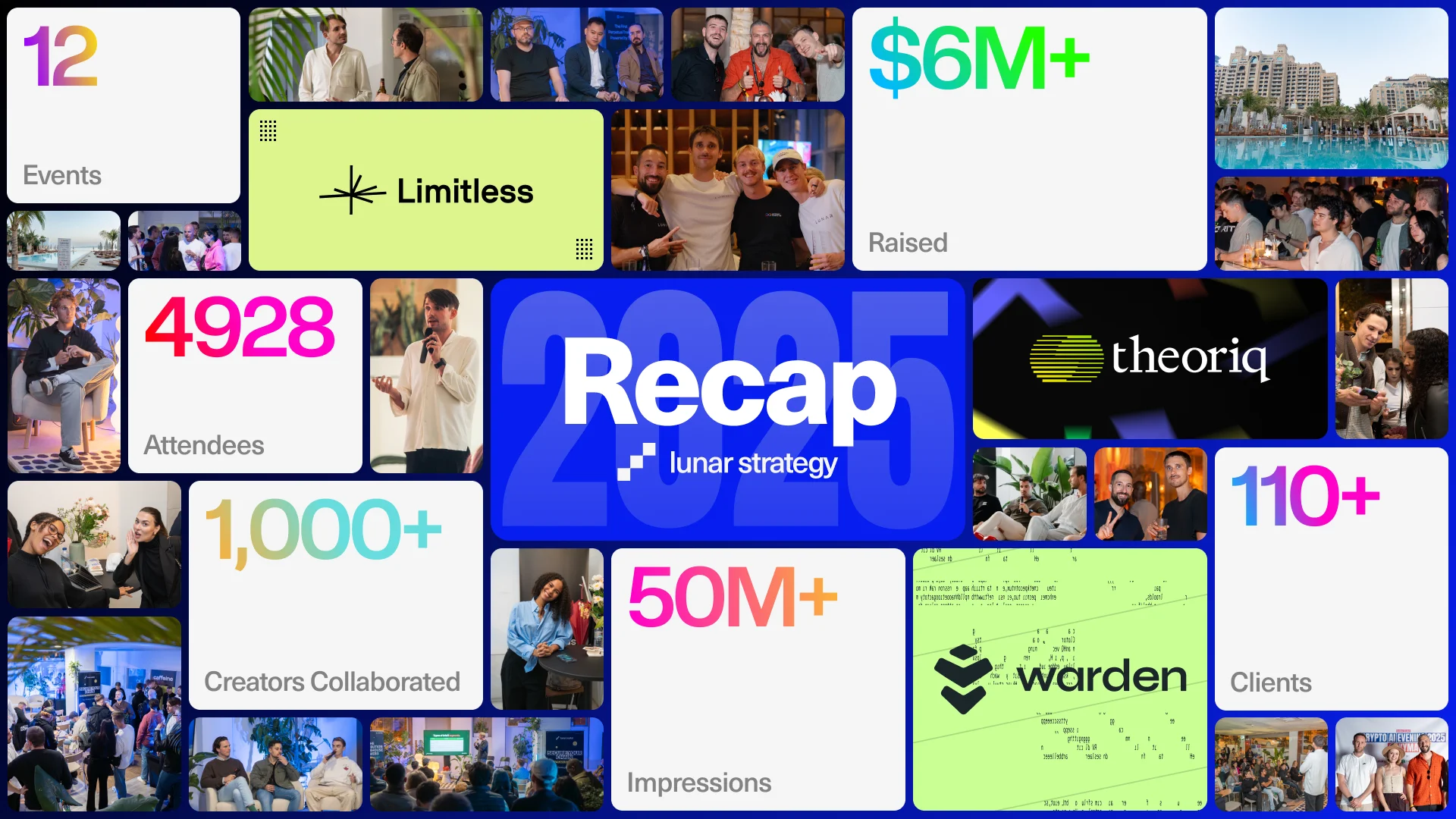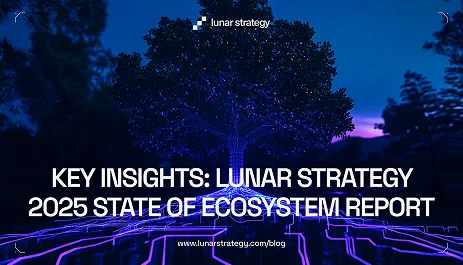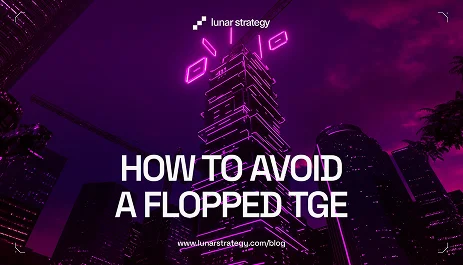Picture that your marketing campaign would result in a million dollar contract for your SaaS company. What would a campaign like that contain? Would it consist of outdoor ads, postcard campaigns, TV commercials and magazine partnerships? And a thoroughly developed campaign message from an established marketing agency?
OR would the success factor be a nerdy engineer with a twitter account, a passion for the company’s objectives and a willingness to share information (both positive and negative) with the world?
To all old-school marketers disappointment, the latter is true for SpaceX when they won a heavy deal contract for NASA’s new lunar lander. The billion dollar competitors Blue Origin and Dynetics persisted with traditional marketing strategies that failed. SpaceX proved that the new world has less to do with marketing channels and more to do with a holistic approach to marketing, business development, experience and transparency. In other words, marketing has become more genuine.
New landscape, New marketing
The shift of marketing has been monumental. It is a result of the emerging technologies which have enabled social media, email marketing, remote meetings and online advertising. But it goes deeper than that.
For many years, ‘digital marketing’ simply meant using the specific online platforms for ads and promotion - but the SaaS industry is starting to realize that failing to succeed at “digital marketing” is synonymous with not really marketing at all.
As a small reminder, it's highly important to keep up-to-date about the different SaaS Marketing Strategies you can use to grow your business.
To clarify, traditional offline marketing is not gone or even less significant than earlier. But the times of separating offline and online marketing apart are over. Today, a holistic strategy taking both aspects of marketing into account is essential to succeed. The tricky part with this strategy is that each marketing method has its own unique “language” that must be communicated in a genuine voice. Otherwise, the messages will either be avoided or ridiculed as they do not resonate with the audience found through each channel. For example, the tone of voice between LinkedIn, Instagram, and Website varies due to the different characteristics between the targeted segments.
Just like other industries have had to adapt to the new landscape, the complexity of marketing has increased and modern marketers must enforce ways to evolve with it. In this article, we examine how you can create an integrated marketing strategy that serves both online and offline marketing.
Lessons learned from the last 20 years
To understand how the current environment appeared, we will look into several pivotal events that have occurred since the year 2000. These moments have shaped the marketing landscape, business models, and enabled new industries, professions, and companies. The explanation to this transition can be found in four major developments:
- Tech monetization
- Internet speed and accessibility
- Remote working and live streaming
- Editorialization of marketing
Tech monetization
In 2007, Facebook Ads was launched and the new service was presented as a completely new way of advertising online. It took a few years to become established, but marketers quickly realized that this feature would enable new levels of demographic and visitor details - a key tool when pursuing a marketing strategy.
Although paid online ads have been around for a while, several large businesses have not yet implemented them into their strategies. This results in missing out on the many advantages of using online advertising via Google, Facebook, and Instagram, etc.
Many people still find it hard to believe that a website developed by some college students to plan parties (Facebook) has changed the landscape of business fundamentally, but it has! Advertising on social media has altered the landscape from one dedicated to the sharing of organic content to a controlled, monitored, and increasingly targeted environment of promotional information.
Internet speed and accessibility
It is no surprise that speed matters when it comes to marketing. A lot of marketing features are completely dependent on how quickly they load online and luckily that speed has been increasing sharply. With higher speed comes improved graphics and faster loading videos, resulting in a richer experience for the users.
Digital marketing is highly associated with speed and accessibility as they affect the performance of the methods of pay-per-click (PPC) advertising, paid search advertising, Search Engine Optimization, paid social media ads, social media marketing in general, content marketing, and email marketing.
The customers are more than ever encouraged to interact with the multiple platforms through interactive quizzes, infographics, surveys, polls, calculations, ebooks, email, and webinars.
Remote Working and Live Streaming
Due to several factors, a larger number of people now recognize that remote working has changed the workplace but only a few have truly understood how it has affected life in general. From saving in travel time to decreases in office space costs to the reduction of in-person conferences, remote working has made a great impact on most lives. New business ideas and marketing trends are expected to occur from these changes - have you already figured it out?
Remote working was strongly increasing already before Covid-19, the trend of telecommuting increased by 159% between 2005 and 2017.
Editorialization of marketing
Everyone has heard the phrase “content is king” for quite some time now, but you can notice that most marketers are starting to take it seriously now. Content is a great tool to support marketing campaigns as it can communicate messages to consumers through indirect and informative content instead of using aggressive promotional marketing efforts which can be perceived as offensive. A company or organization that is failing to establish a knowledge database on informative information that is relevant to their potential customers are falling further and further behind.
Customers in today’s marketing landscape
So has this transformation shaped the customers of today? Yes to a great extent - but not in the way that many believed. Customers are being bombarded with ads. People are online a lot. Since 2011, the time spent online has increased from 75 minutes (43 minutes on desktops and 32 minutes on mobile devices) to 192 minutes Today (37 minutes on desktops and 155 minutes on mobile devices). With this sharp increase in time spent online, it only makes sense that we are more than ever exposed to ads online.
What does Marketing mean Today?
Now that we understand how we got here and where the trends are pointing, it’s time to highlight the SpaceX example again. There are 3 ways that SpaceX managed to carry out the most successful version of “marketing” that we will see again in the 2020s.
- Holistic approach to marketing
With information being more connected than ever before, so should your marketing strategy be too. In order to create a complete, integrated marketing approach that includes online and offline methods, you should stop separating online and offline into different categories. The previous way of integrating all methods (online/offline) was constructed like this: hook a user offline, then direct them online for successful conversion. A holistic approach does not separate between the two and aims to incorporate both into each step of the conversion process.
SpaceX managed to integrate online and offline product development events and updates, public relations, brand partnerships and traditional online and offline ads into a cohesive approach. For example, the launch of a Tesla Roadster into space using a Falcon 9 Heavy rocket managed to showcase both SpaceX and Tesla. Cohesive press coverage both online and offline, with in-person interviews by magazines and live streamed YouTube-videos. This resulted in thousands of blog posts, videos, articles, press releases and pictures that were shared online.
- Transparent Business Development
Since the internet has made all information more public than before, people seems to have become more forgiving than they used to be. Combine that with companies sharing a lot of details online to all sorts of stakeholders, there is no reason to hide failures in today’s marketing landscape. SpaceX has experienced multiple failures over time and has decided to share that publicly with its audience.
So rather than hiding your developments until the end service or product is 100% finished, share the steps along the way with your audiences. The benefits from showing vulnerability and ongoing development are:
- significant content generation without additional resources
- genuine connection with viewers who can become involved in your projects
- Ongoing feedback from industry experts that want to help out
- Free advertising through media exposure and coverage
- Community Interaction and Engagement
It is more than ever important to get fans involved with your brand, not only to increase direct sales but also as many consumers today share their product/service choices with their audiences. Building up a “bonus community” of fans that rave for your brand is invaluable. For SpaceX, this bonus community reached out to millions of subscribers without SpaceX having to pay for any partnerships or collaborations.
Of course some businesses may be reluctant to this sort of coverage as they cannot control the narrative, but a modern marketer must be brave enough to invite the community to shape the brand together. Elon Musk has participated in multiple interviews with raving fans that are way out of his comfort zone, but still his popularity has increased.
Here are some tips on how you can develop a community engagement:
- Interaction with fans by top-level executives via social media
- Invitations and interviews for high-level fans
- Free sharing of product details via website and downloadable materials
To Conclude
Now you may be thinking that this strategy only suits a cool and billion-dollar valued company. But the beauty of today’s marketing is that most methods are available to any company and most are fully scalable. It requires skills to execute these methods, but price-wise it is not more costly than your traditional marketing strategy.
Reach out to us at Lunar Strategy to gain further knowledge on the marketing tactics of the 2020s and how you can grow by employing them.
Contact: info@lunarstrategy.com







































